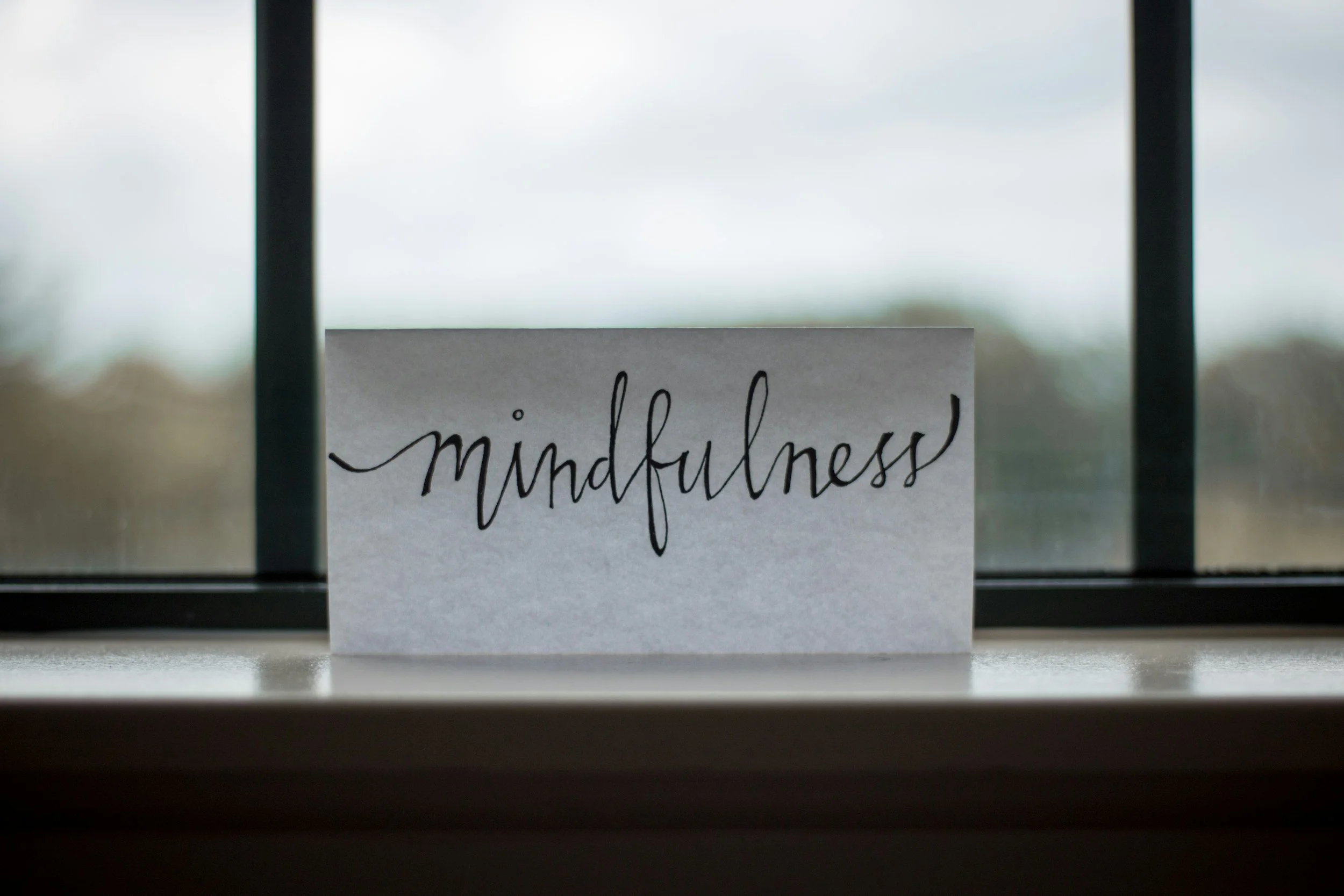go beyond traditional talk therapy.
Brainspotting therapy in Greensboro, NC
Brainspotting is especially helpful for people who want to process trauma, emotional pain, or deeply rooted patterns—often when traditional talk therapy hasn’t fully resolved the issue. It’s a gentle, body-based approach that taps into the brain’s natural ability to heal itself by using eye position to access unprocessed material stored in the subcortical brain.
brainspotting is Right for you if …
You’ve tried everything you can think of to feel better, but nothing has worked.
You struggle to find the words to explain what you’re feeling or why.
You have physical symptoms (like chronic pain) that seem connected to stress or trauma.
You want a gentle, body-based approach that doesn’t require reliving painful memories,
You’re open to healing at a deeper, brain-body level—even if you don’t fully understand how it works.
Brainspotting therapy can help you get a handle on your emotions and feel more peace once memories are reprocessed and stored correctly in your brain.
-
Brainspotting works by identifying a specific point in your visual field—called a “brainspot”—that connects to where trauma or emotional pain is stored in the brain and body. When you hold your gaze on that spot, your brain begins to process the stuck material beneath conscious awareness. This taps into the brain’s natural ability to heal, especially in the deeper, non-verbal parts of the brain where traditional talk therapy often can’t reach.
With some prompting and support, your system can begin to release unresolved emotions, memories, or physical tension (often without needing to explain or relive the experience).
-
During a Brainspotting session, we’ll begin by identifying a specific issue you’d like to work on—this could be emotional, physical, or something that just feels “stuck.” I’ll guide you to find a spot in your visual field (your “brainspot”) that connects to that experience, and we’ll use gentle mindfulness to observe what comes up.
You don’t need to talk much unless you want to, as this approach allows your brain and body to do the healing without forcing insight or explanation. It’s common to feel waves of emotion, physical sensations, or even deep stillness. You’re always in control of the process, and I’ll be right there to support you as your system releases what it’s ready to let go of.
-
Bypasses the thinking brain and goes straight to the emotional and sensory systems where trauma is stored
Allows for deep, non-verbal healing—you don’t have to “talk it out”
Works at your pace with the support of a grounded, attuned therapist
Accesses implicit memory, meaning it can help even when you can’t fully recall the trauma
At the end of the day, I want you to know:
There is healing and freedom that comes from the work we do. You have the opportunity to let go and move forward to live life differently. I have witnessed my clients experience incredible changes. Years of turmoil, medications, and mental health diagnoses are no longer part of their story. Let’s make that your story, too.
Is Brainspotting right for you?
Brainspotting is a good fit for…
People healing from trauma (including complex PTSD, developmental trauma, or medical trauma).
Highly sensitive people (HSPs) or those who process deeply and may struggle to find relief with logic-based therapies.
Survivors of childhood abuse or neglect.
First responders and veterans who have experienced vicarious or direct trauma.
Artists, athletes, and performers dealing with performance blocks or anxiety.
People with somatic symptoms (chronic pain, fatigue, or illness with emotional components).
Clients who feel stuck in therapy or struggle to verbalize their experiences.
Those with attachment wounds or relational trauma.
People who dissociate or freeze under stress—brainspotting gently bypasses cognitive defenses.
What we’ll work on
With Brainspotting, you can…
Access and release deep emotional pain without needing to talk through every detail.
Experience a gentle, body-based approach to healing trauma, anxiety, or stuck patterns.
Tune into your body’s wisdom and let it guide the healing process.
Move beyond mental blocks that traditional talk therapy may not have reached.
Feel more grounded, clear, and connected to your emotions.
Reprocess difficult memories in a way that feels safe, supported, and empowering.
Let’s work together to put these memories where they belong.
Ready to get started?
You don’t have to keep carrying the weight of past experiences on your own. If you’re feeling stuck, overwhelmed, or like you’ve tried everything and nothing has really changed—Brainspotting might be the next right step.
Healing is possible, and you don’t have to figure it out alone.
Reach out today with questions or to book your first session.
Questions?
FAQs for Brainspotting
-
No.
Brainspotting doesn't require you to go into the full story. You can share as few or as many details as you would like. You stay in control of how much you share, and it’s always your preference. The great part-your brain still does the incredible work even if you choose not to talk about parts of it.
-
I get I already went over this, but in case you missed it above and went straight for the FAQs:
Brainspotting works by identifying a specific point in your visual field—called a “brainspot”—that connects to where trauma or emotional pain is stored in the brain and body. When you hold your gaze on that spot, your brain begins to process the stuck material beneath conscious awareness. This taps into the brain’s natural ability to heal, especially in the deeper, non-verbal parts of the brain where traditional talk therapy often can’t reach.
With some prompting and support, your system can begin to release unresolved emotions, memories, or physical tension (often without needing to explain or relive the experience).
-
Possibly.
Sometimes emotions can come up between sessions as things begin to shift—but we’ll put grounding tools in place before we begin and check in regularly. You won’t go into this unprepared, and you won’t go through it alone.
-
Brainspotting can be done in one session or it can be a part of multiple sessions.
If the question is how many sessions will it take to experience relief from your symptoms, it depends. Some people experience relief quickly, especially with specific events. For others—especially if there’s complex trauma or multiple layers—we take more time. We'll move at a pace that feels right for your system, not rush to meet a timeline.
There is generally positive gain from each session, and your brain will continue to process beyond our time together.
-
You don’t need a big, dramatic event for Brainspotting to be helpful. Sometimes the moments that shape us most are quiet, ongoing, or hard to name. If it’s impacting you now, it matters—and it’s worth healing.
-
I’ve got you.
You don’t need to come in with a plan (that’s actually using a different part of your brain than the area we will be working in). Your brain will know what to do when selecting memories and finding the connections to the past.


